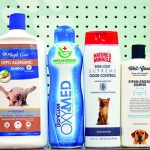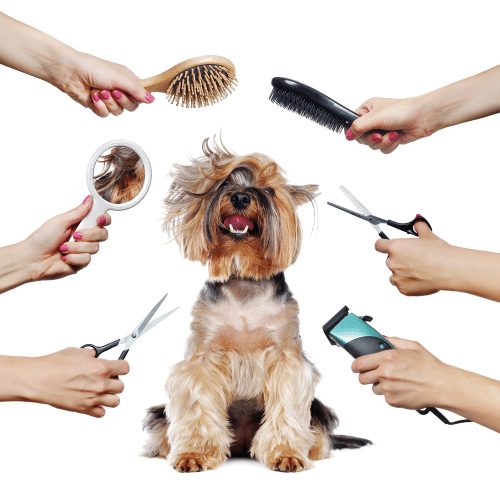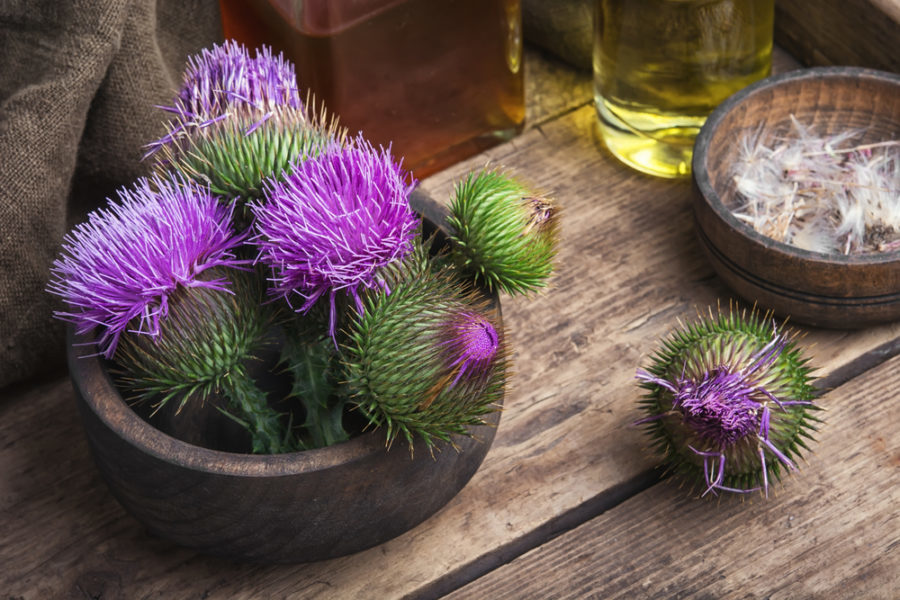We used to think the skin microbiome only existed on the surface of the skin. That the deeper layers were sterile.
By Julie Anne Lee
Did you know that skin disease is the number one cause of elective euthanasia in dogs? Poor dog skin health can also the cause of years of suffering and poor quality of life.
My journey in studying animal health has led me through many phases. I’ve realized that the imbalance of gut bacteria creates more chronic disease (including cancer) than any other contributing factor.
And now, I’m grasping the fact that topical bacterial biodiversity also plays a huge role in dog skin health.
A Different View Of The Skin
Think of the skin as an intelligent platform where your dog’s “army” is fed and nurtured. Avoid viewing it as a passive surface that needs to be cleaned. It turns out this cleaning process has a negative effect on dog skin health (and your dog’s immune system!).
The skin is the largest organ in the body, protecting your dogfrom everything in the world outside of her. The biggest player in guarding against chemicals and the environment is the skin microbiome. This is the accumulation of bacteria, yeasts and parasites. We all know the importance of a healthy ecosystem in the gut. Science is now realizing the role of that same ecosystem on the skin. We’ve discovered that, like gut flora, it’s paramount in preventing allergies, skin disease and autoimmunity, protecting against infection and inflammation.
Just as we’ve “modernized” our dogs to disrupt natural flora in the gut with antibiotics, poor quality nutrition, stress, lifestyle and drugs, so we have done with the skin!
The Real Dirt On Dog Skin Health
We used to think the skin microbiome only existed on the surface of the skin. That the deeper layers were sterile. We now know these organisms go all the way down to the subcutaneous fat layer. We now know these organisms go all the way down to the subcutaneous fat layer.
Even more fascinating is the fact that the skin microbiome and the skin immune system communicate with each other to:
- decrease inflammation
- aid in wound healing
- limit exposure to allergens and UV radiation
- derail oxidative stress
- Immune cells called Skin Associated Lymphoid Tissue (SALT) “talk” to the lymph nodes within the body. These distribute signals to the immune system – pretty important stuff!
An imbalance of the skin microbiome can lead to:
- skin allergies
- reactivity
- hot spots
- atopic dermatitis
- poor wound healing
- overgrowth of yeast
- fungal infections
Diseases like Malassezia and Demodex are all a natural part of the skin microbiome. When the skin’s ecosystem is compromised, the bacteria that normally keep these guys at a healthy level become destroyed. That’s when the trouble starts.
Source:
Julie Anne Lee is an author for several dog magazines and writes about health conditions, diseases and diet.











